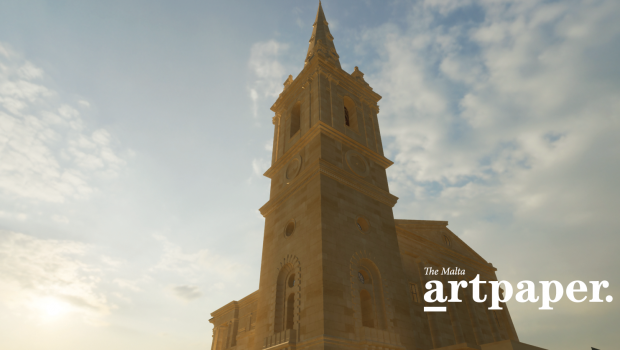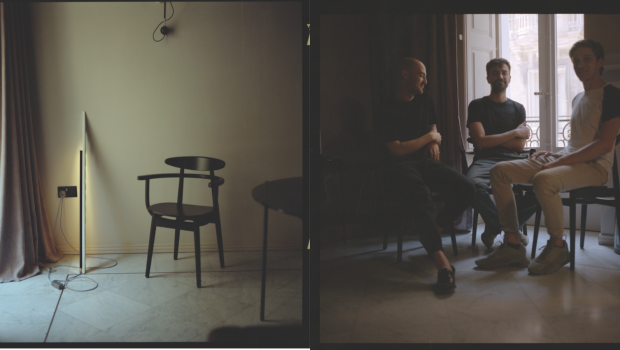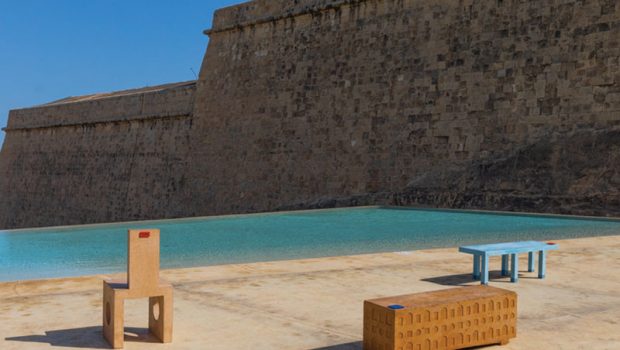You might not like it, but you need it.
Venice Architecture Biennale 2023
A quote by French poet and novelist Anatole France welcomes the visitors to the main exhibition of the 2023 Biennale, The Laboratory of the Future, at the entrance of the Arsenale: “All changes, even the most longed for, have their melancholy; for what we have to leave behind us is part of ourselves; we must die to one life before we can enter another”, it warns us. Reminiscing of a Dantesque prelude, these introductory words set the tone and well represent the spirit of one of the most daring and thought-provoking Biennale.
Words, which have always formed integral part of the processes of production of architecture, are here given priority over the most conventional means of expression of ideas about the built environment, and abound throughout the entire exhibition. There are just a few models, and even fewer drawings, especially in the Central Pavilion at the Giardini: the rich and rebellious curatorial narrative developed by Ghanaian-Scottish architect, writer and educator Lesley Lokko deliberately defies the norms of architectural exhibitions in favor of poetry, journalism, film making, artistic performance, immersive technologies, historical research and abstraction. “Architecture is not just about buildings. We need to depart from a singular, exclusive voice, whose reach and power ignores huge swaths of humanity — financially, creatively, conceptually — as though we have been listening and speaking in one tongue only. The ‘story’ of architecture is therefore incomplete. Not wrong, but incomplete”, she states. Reflecting on global history and on the role of the architect within it from a new perspective, freed – at least in its intentions – from Western cultural domination, is central to her approach.
Lokko is interested in investigating and triggering change, at different levels: what does it mean to be ‘an agent of change’, she asks in her curatorial statement. By shifting the focus on the African continent and the African Diaspora, she successfully tests the idea at first hand generating a big, sweeping wave of change, which seems to be leaving many at a loss. More than half of the participants selected to contribute are from Africa or the African Diaspora. Half are female, and the average age, fitting for a continent with the youngest median population in the world, is 43. On the one hand, for such a disrupting and young Biennale whose very title speaks of the future, too many efforts seem to concentrate on re-telling the past rather than imagining solutions and inventing new dreams. On the other hand, re-framing the past and therefore the present, is an essential step in the long process towards long-lasting and significant change, with some immediate effects too. ‘Untouchable’ institutions such as UNESCO or names such as Oscar Niemeyer and his project for Brasilia, and pillars of architectural theories such as the Charter of Venice, are questioned, dissected and re-imagined – the former, in the Golden Lion-winning Brazilian pavilion, the latter in the more understated but equally stimulating Turkish pavilion.
The European national pavilions, especially those in the Giardini, attempt at dissolving borders, both conceptually – by questioning Western political and economic systems at large – and physically, by actually breaking down walls, in an effort to adopt and enact change in line with the main curatorial statement. The Swiss pavilion, for instance, beautifully exhibits itself and opens up to the courtyard of the Venezuelan pavilion, protesting against the idea of competition between nations as a relic form the past, and against the fixation on national representation as something narrowing our horizons, while in the Austrian pavilion the failed attempt at connecting the space to the adjacent residential neighborhood of Sant’Elena becomes the core of the exhibition and reminds us of how the Biennale, for as politically aware as it can get, remains a privileged ivory tower.
As expected, the discourse on the management of natural resources, and of water in particular, takes centre stage in a large number of pavilions, in some more poetically or effectively than others. Some Middle Eastern countries such as Bahrain and Saudi Arabia contribute to this type of research in a meaningful manner, very inspiring for the Maltese practitioners facing similar climatic challenges and having similar local resources to react to them with.
Overall, the discourse is dialogical and polyphonic, less dogmatic than it used to be in certain areas, emancipating itself from the (still too often referenced) Modernist period, but simultaneously at times almost standardised, taking the risk of generating new dogma. Concepts of decolonisation and decarbonisation are adopted sometimes too eagerly and therefore superficially, lacking critical understanding and the potential to generate real change in the way we shape our built environment.
The architecture of the ‘new world’ invoked by Lokko, which will not be politically, economically and culturally dominated by the West, will take long to emerge from this initial wave of change. Education will be a key element in the process, and it will be high on the agenda of the curator for the post-Biennale phase of her career – to develop independent identities and therefore a new architectural approach through truly independent education is one of the key objectives of the African Futures Institute, a new school of architecture which Lokko founded in her native Accra.
Collaboration and exchanges will remain crucial in order to avoid any potential nationalistic deviation and the typically American neo-liberal flattening of complex ideas into mainstream trends; everybody will have to play their part in this new collective, gigantic and very delicate balancing act.









